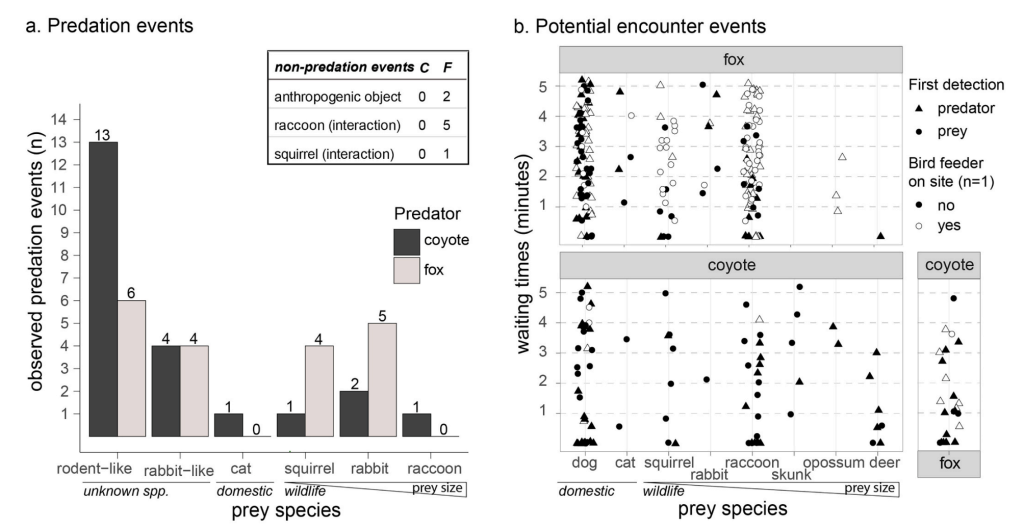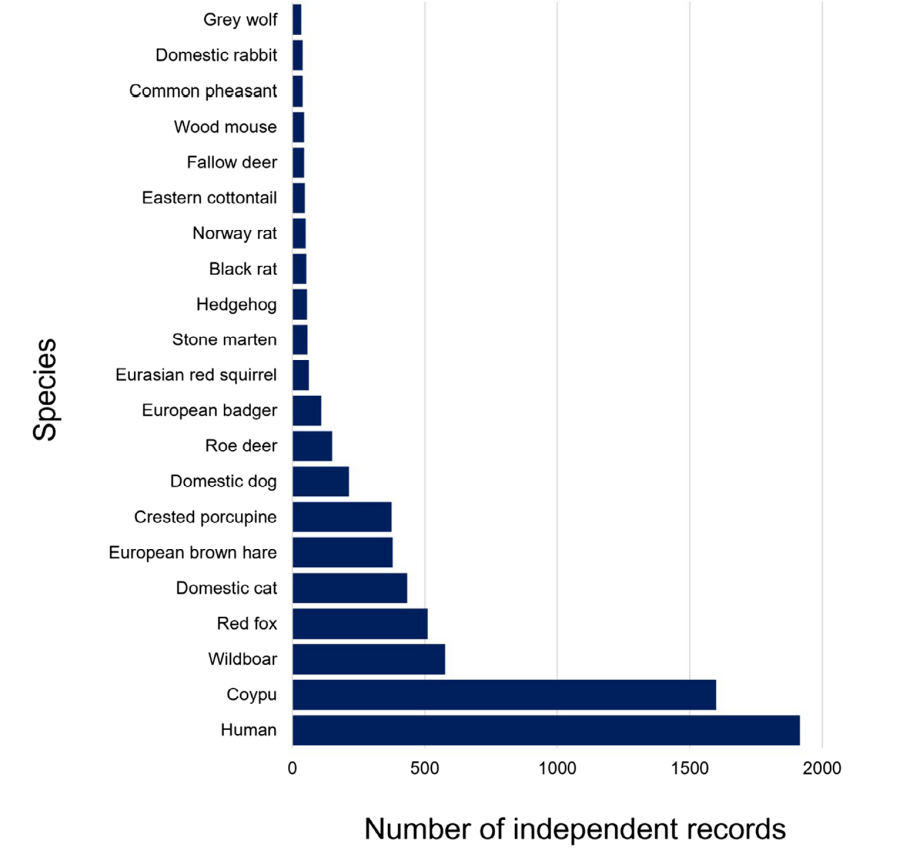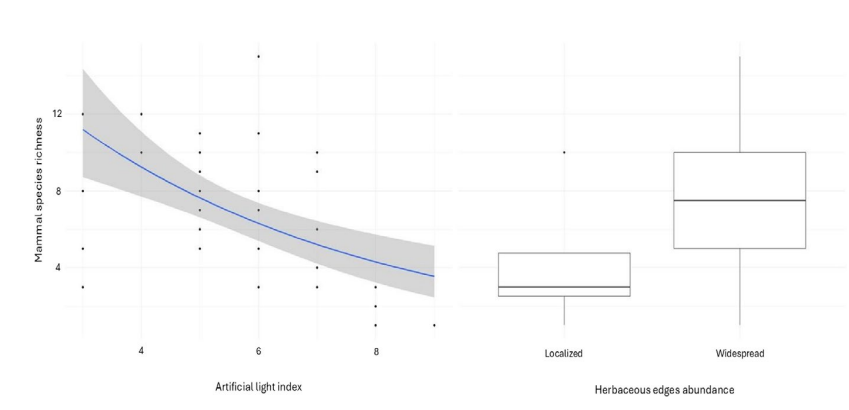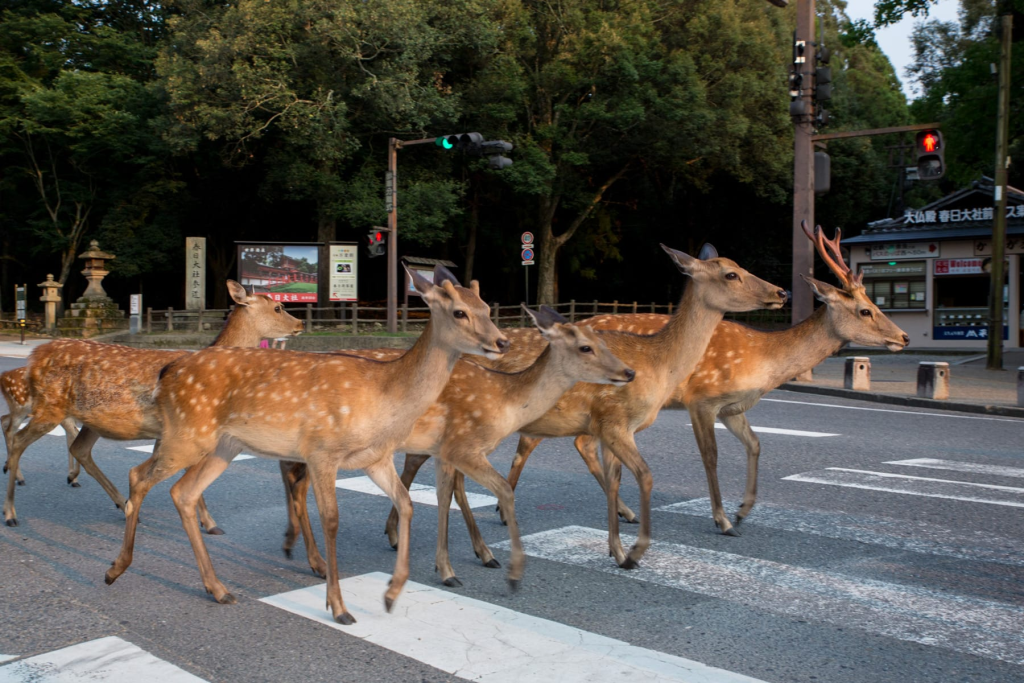Overview and Background:
For many pond-breeding species like the Spotted Salamander (Ambystoma maculatum), they rely on mass migration events once a year to facilitate breeding. This large migration usually spans over a couple of months out of the year, depending on where you are. Many scientists have tried to correlate the timing and magnitude of migratory movements with a series of covariates; however, success has varied. Spotted Salamanders may travel up to a quarter of a mile to pond breeding sites–many of which are accessed via road crossing. Having the ability to predict when these mass migrations will be is critical given that road mortality proves to be one of the largest threats to pond breeding species. This study assesses the role of citizen science in compliment with a case study evaluating how volunteer intensity, frequency, and distribution influence minimum population size, population growth rate, and years to extinction of the Spotted Salamander.
Methods:
To evaluate how volunteer participation in amphibian “road rescue” citizen science programs affects Spotted Salamander conservation, the authors used a stochastic population simulation model. Rescue efforts were all in an effort to help amphibians safely cross the road during their annual breeding migration. For example, volunteers might patrol certain segments of the road near breeding ponds, picking up salamanders and carrying them across the road. They modeled a single Spotted Salamander population in the northeastern U.S over 50 years, incorporating demographic structure, breeding probabilities, road mortality probabilities, and forest and pond survival rates. In addition, they created over 360 unique volunteer strategies, including parameters such as intensity, frequency, and distribution. The figure below illustrates the Spotted Salamander annual migration cycle between forest habitat and breeding ponds with a yellow line representing a road. The different buckets represent when volunteers can intervene (1) adult in-migration to ponds in early spring, (2) adult out-migration after breeding, and (3) metamorph out-migration from ponds to forest in midsummer.

Results:
Almost all volunteer strategies improved conservation outcomes compared to the baseline of doing nothing. Populations with rescue events had larger minimum population sizes, higher growth rates, and longer times to extinction while focusing on juvenile migrations yielded the greatest improvement. They determined that the optimal strategy entailed 10 volunteers per night during all migratory nights. That being said, lower volunteer numbers still achieved higher results than doing nothing.
Reflections and Critiques:
Understanding how to navigate pond-breeding species that rely on a couple months out of the year to survive and reproduce is complicated, especially in urban areas where developments are encroaching upon these ponds. Overall, metamorphs (juveniles) have the largest payoff for long-term conservation given these are such long-lived species and timing matters. You can have as many volunteers as possible out at once, but if you do not understand when the conditions are right, you may not be benefiting many of these amphibian species. After reading this paper, I find it obvious that steps need to be taken to understand the environmental variables that correlate with these migratory events to perfect the timing of efforts being made. I know papers have been written doing so, but it is extremely difficult given that these events vary year to year. Depending on the amount of rainfall, the consistency of the rainfall, and the temperatures, migratory events might be delayed or even come early. These events take months of organization and planning to ensure volunteers are available and understand what they are doing. It is difficult to plan around something that is highly variable. That being said, some help is better than no help, but it is far more complicated than training a group of people to scoop up some salamanders in the rain.
Reference: Sterrett, S. C., Katz, R. A., Fields, W. R., & Grant, E. H. C. (2019). The contribution of road-based citizen science to the conservation of pond-breeding amphibians. Journal of Applied Ecology, 56(4), 988–995. https://doi.org/10.1111/1365-2664.13330














